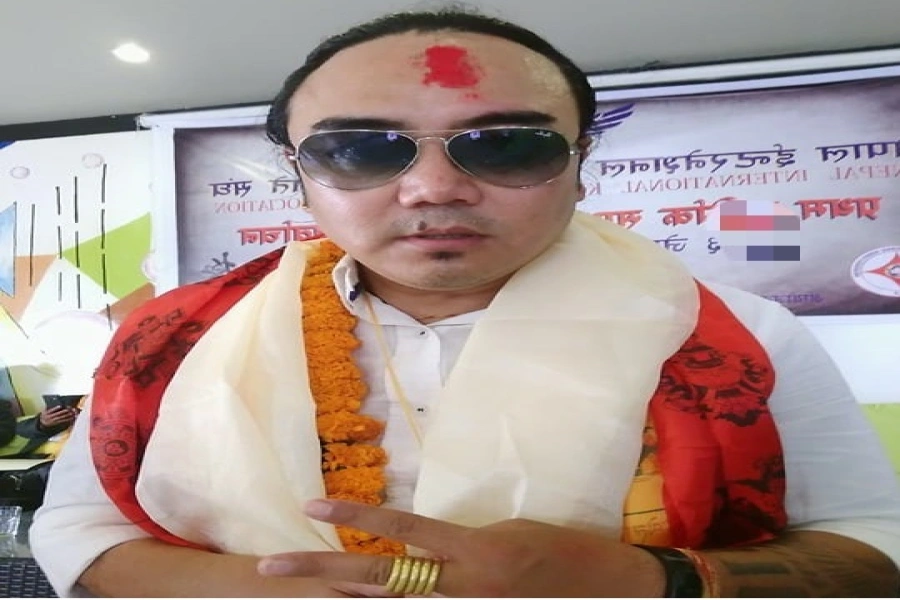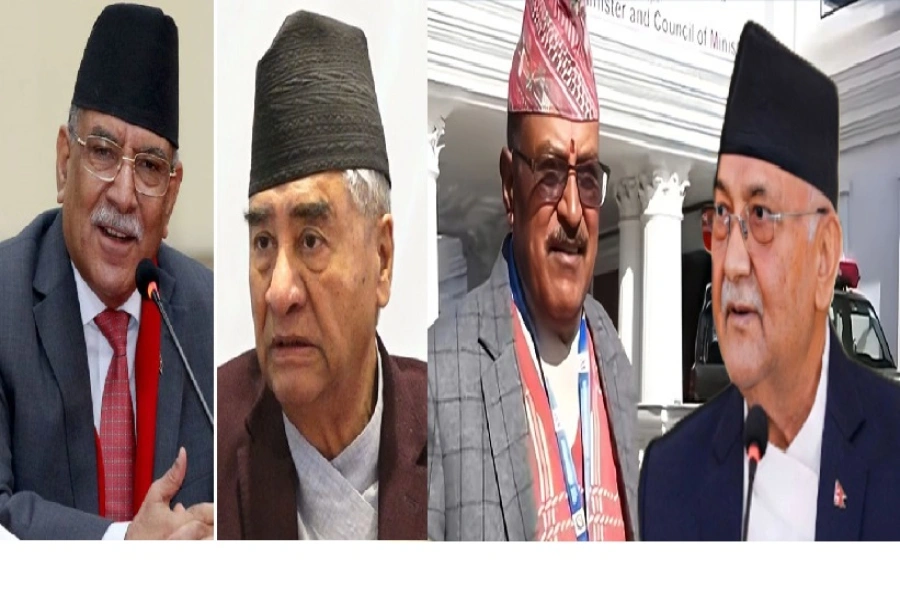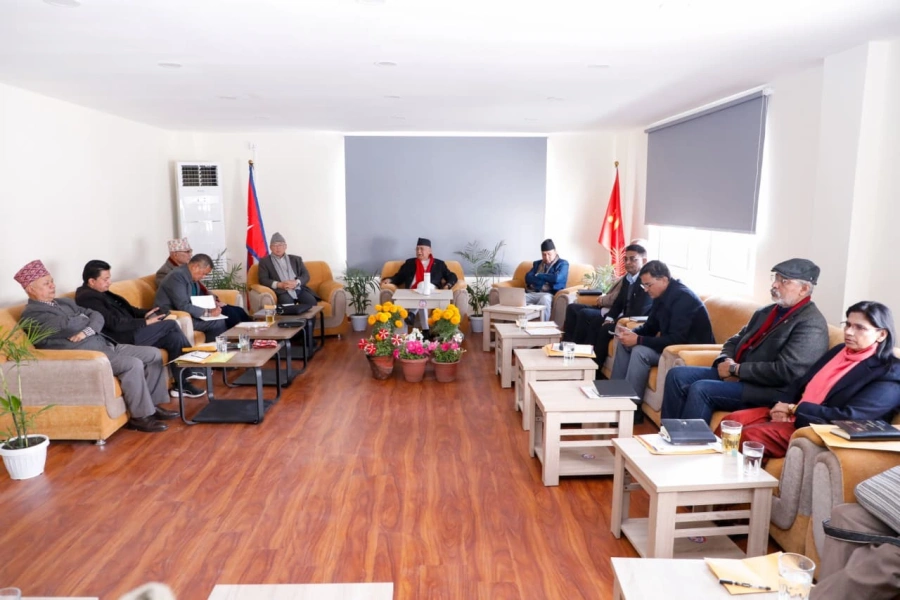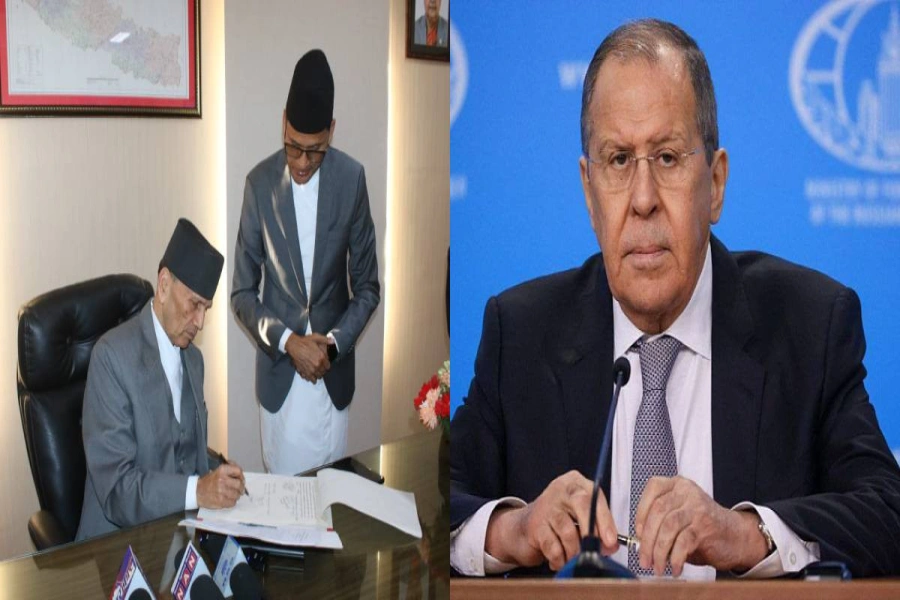Blocking pornographic contents doesn’t decrease people’s predisposition to sexual violence, sexual urge or natural curiosity about sex
The Ministry of Communication and Information Technology (MoCIT) last week directed the Nepal Telecommunication Authority (NTA) to block access to all pornographic contents on the internet and requested internet service providers and internet users to ensure that pornography is not accessed. The MoCIT said that the pornographic contents disturbed social norms and values and increased sexual misconduct and violence in the country. The direction was probably the result of a conclusion of a meeting at the Home Ministry a few weeks earlier that internet was a major cause behind rising incidents of gender violence and rape.
Internet has brought porn to everyone. And pornography is all over the internet. Porn is within the reach of finger-tips of all internet users, and due to aggressive advertising by pornographic sites, internet users are likely to be exposed to such contents without actively seeking them. Some data shows that 15 percent of the contents of the internet are pornographic, and one-third of all internet traffic of data transfer is consumed by the porn. There is no specific data about Nepal but four of top 50 sites visited from Nepal are pornographic websites and the number and popularity of sexually explicit Nepal-made videos on YouTube indicate higher consumption of porn in Nepal.
Rape and pornography
The debate on whether pornography abets rape and sexual violence continues. Two extreme views—‘more porn, less rape’ and ‘more porn, more rape’—exist and are debated widely. Psychologists and social scientists differ and at the same time there are researches who have established both the views.
In 1977, radical feminist Robin Morgan conceptualized ‘pornography is the theory, and rape is the practice’. This assumption is held by the feminist theorists who showed the relationship between viewing pornography and attempting rape by primarily studying pre-rape behaviors of convicted rapists. This view ‘more porn, more rape’ is founded on the assumption that viewing pornography arouses sexual urge, encourages deviant sexual behaviors and because of the objectification of women in porn and normalization of rape along with deviant sexual behaviors, increases the predisposition for sexual violence against women. Those who hold this belief conclude that viewing porn leads to increase in deviant sexual behaviors including rape.
Will ban on porn sites curb rape?

The other view—‘more porn, less rape’—is founded on the researches that showed the increase of internet use doesn’t directly correspond to the increase in sexual violence. Some researchers show no significant relationship between pornography and rape, whereas some others point to decreased statistics of sexual assaults since internet porn became widespread. This view is based on the assumption that viewing pornography actually satisfies the sexual urge, primarily through masturbation, thereby leading to the situation where men are less likely to be violent to fulfill natural sexual needs.
As of June, 2018, the internet penetration in Nepal is 51 percent, with almost four in five internet users accessing internet on mobile phones. Five years ago in 2013, the internet penetration was 33 percent and a decade ago in 2008, it was less than two percent. The numbers of reported incidents of rape in approximately corresponding years were 391, 912 and 1131. Internet access grew by 1,600 percent from 2008 to 2013, and almost doubled from 2013 to 2018 whereas the number of reported cases of rape increased by 200 percent from 2008 to 2013 and by one-fourth in the following five years. This shows that the growth in internet use doesn’t directly correspond with the increment of rape.
Bad pornography
There is no denying that pornography can have negative impacts on viewers. Pornography is normally associated with disinclination toward marriage, risky sexual behavior and infidelity. Pornography’s superficial state and sex performance could easily lead to low self-esteem and depressive thoughts among the viewers, thus negatively impacting their healthy sexual behaviors.
The negative impact of pornography is much higher on the viewers who are not exposed to sex such as young adults and children. The researchers agree that pornography is bad for the children and young adults because it exposes them to sex much earlier than they naturally become curious and learn about it. This has led to socially unaccepted behaviors among children. Early exposure to sexual contents is also associated with early high risk sexual activities, sexual addictions, sexual violence, delinquent behavior, substance use and depression.
According to 2009 study by CWIN-Nepal, almost three-quarters of the internet using children have seen shocking images like pornography. One in 10 children talks about sex online with people they don’t know and one-third of the children using internet watch sexual materials on purpose. A more recent study by Voices of Children conducted in 2017 found that one in five children watches pornography online and 20 percent of them are girls. Both studies were conducted in Kathmandu Valley with a small number of students. Thus we cannot generalize from this but it indicates quite an alarming situation.
Is porn ban a solution?
It’s easy to blame internet for every evil happening around due to its ubiquitous presence and use. Internet is a medium that has made it easier to access pornographic materials, but banning porn on the internet is not a good idea to fight to sexual violence such as rape. This is primarily because it’s next to impossible to ban all pornographic contents on the internet. The popular video sharing platform YouTube has a lot of pornographic contents, as well as many other websites which have more positive use. Besides, there are quite a few apps that allow viewing blocked websites.
Blocking website is also related to the people’s freedom of expression and freedom to access information. Blocking of the websites should require a systematic and transparent process justified by the law, not a blanket direction by the ministry, which can be grossly misused to block legitimate websites. There should be public deliberations and explicit definitions around what is porn and what is erotica (legitimate literature about sex), what is porn and what is art and what is harmful and what is not before ‘harmful pornographic contents’ are blocked. As Association for Progressive Communications put it, ‘harmful content’ on the internet is contestable, subjective and has a huge scope of interpretations.
Besides, blocking pornographic contents doesn’t decrease people’s predisposition about sexual violence, sexual urge or natural curiosity about sex.
The porn ban directives of the government should also be viewed in light of the increased rape cases and the growing public discomfort about the state’s inability to arrest the culprits and ensure safety of girls and women. This seems to be an attempt by the government to blame internet for its inefficiency and weakness and create an illusion that the government is doing something.
Way forward
We should ensure that children and young adults are not exposed to pornography early so that it hampers their natural growth or lead to deviant sexual behaviors. To ensure that, we should be investing resources on sex education for children, and teach them why accessing porn early is not acceptable. Parents should be made aware of the healthy sexual and relationship talks with their children.
It is urgent to ensure that children are not taking wrong examples and superficial beliefs about sex due to pornography on the internet.
On rape, proactive measures are needed to combat rape rather than blocking pornography sites. Proactive measures, such as public awareness, safety precautions, strong laws and victim-friendly investigation and prosecutions, are what the state should implement to decrease incidents of rape.
Pornography, especially those showing unhealthy deviant sexual behaviors and objectifying women, are undesirable and we should keep away from those contents. However, the state should be facilitating educating the citizens to enable them to make that decision, and educating children to remain away from porn, rather than attempting unproven, and populist idea of blocking porn.
The author is a researcher with Center for Media Research, Nepal





































